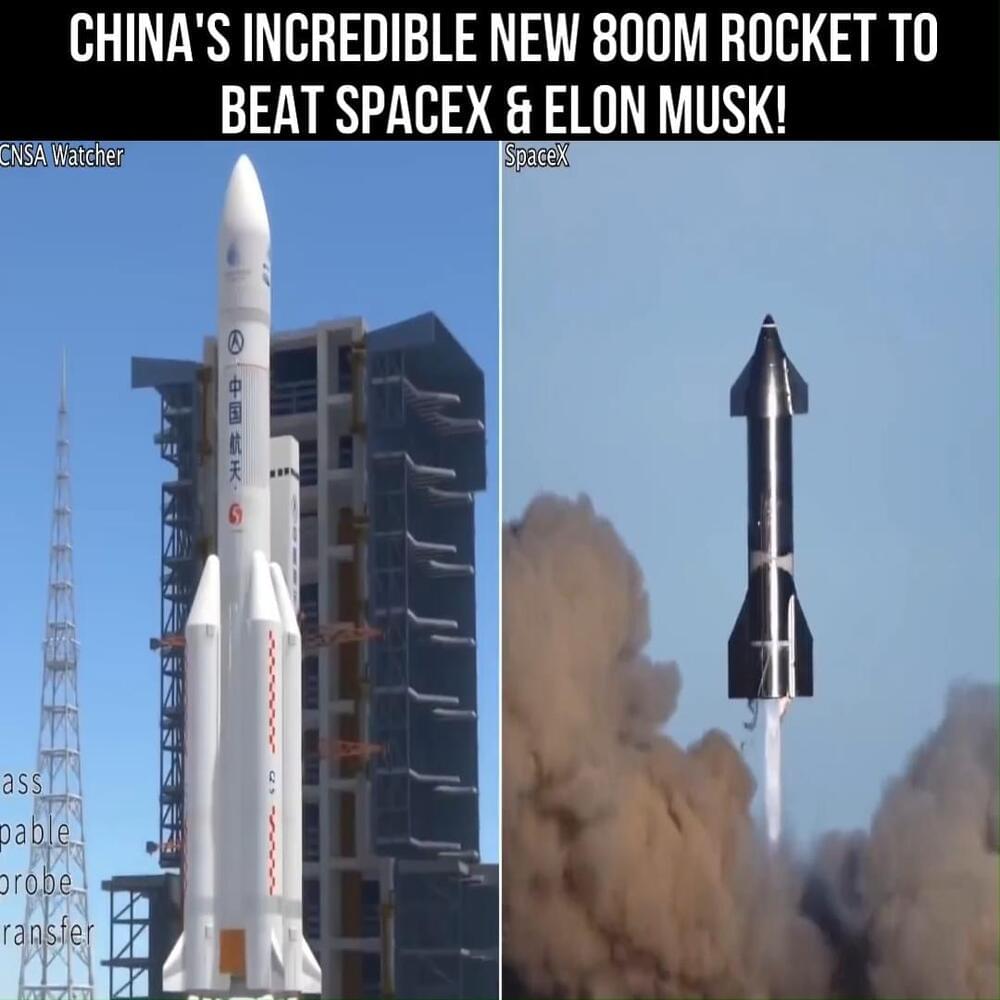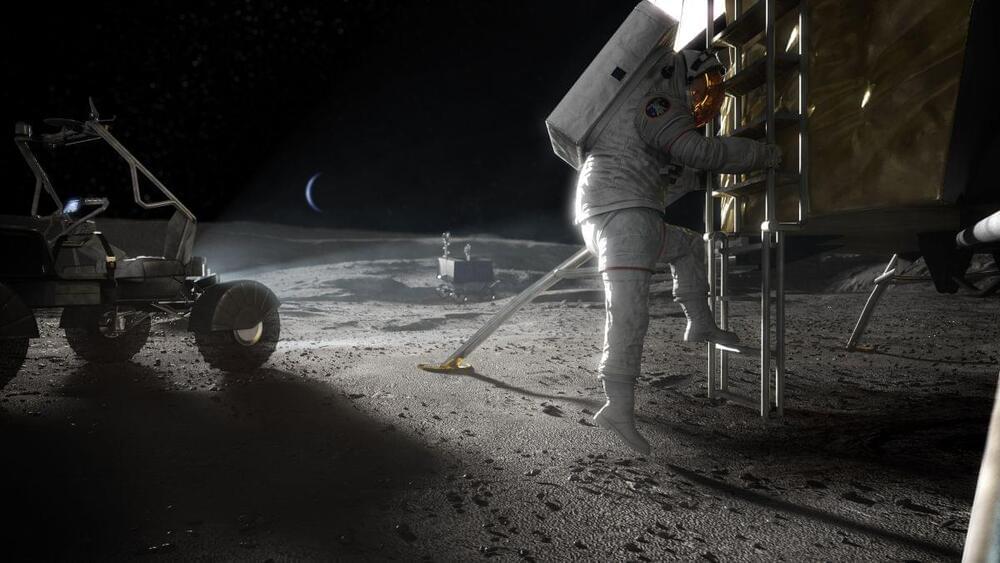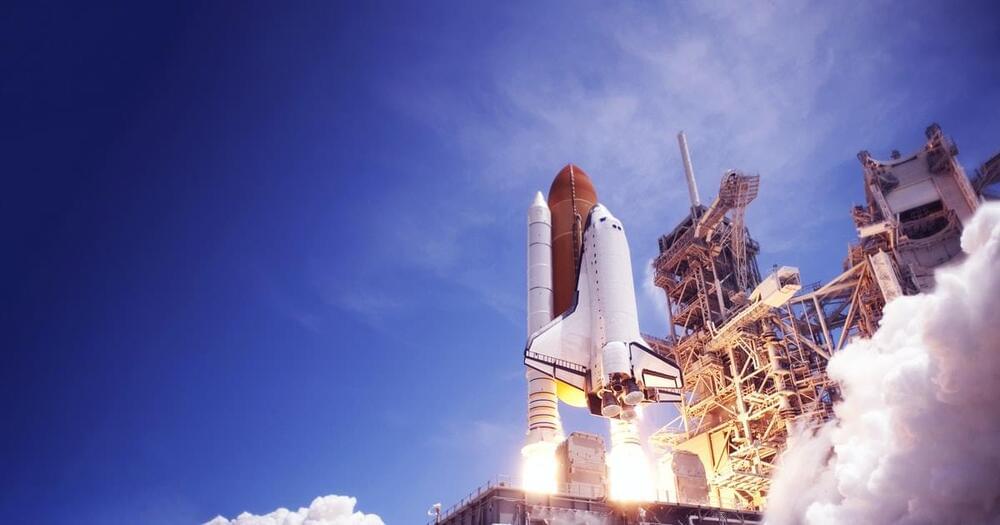
Category: space travel – Page 239

Musk’s Mars plan, 5 years on: Video, bold specs, and a bizarre Q&A
Five years ago, Elon Musk unveiled his vision for getting us all to Mars.


Moonshots, private space stations and more: NASA chief Bill Nelson on the future of human spaceflight
Nelson thinks big things are coming, despite some notable challenges.
COLORADO SPRINGS, Colo. — NASA Administrator Bill Nelson is confident the agency’s human spaceflight future is bright, despite the inherent difficulty of the endeavor and some challenging international issues.
“NASA is an agency of overcomers,” Nelson told Space.com at the 36th annual Space Symposium, which took place here last month.

Breathtaking ‘Einstein Ring’ Reveals Views of a Galaxy 9.4 Billion Light-Years Away
One of the most spectacular Einstein rings ever seen in space is enabling us to see what’s happening in a galaxy almost at the dawn of time.
The smears of light called the Molten Ring, stretched out and warped by gravitational fields, are magnifications and duplications of a galaxy whose light has traveled a whopping 9.4 billion light-years. This magnification has given us a rare insight into the stellar ‘baby boom’ when the Universe was still in its infancy.
The early evolution of the Universe is a difficult time to understand. It blinked into existence as we understand it roughly 13.8 billion years ago, with the first light emerging (we think) around 1 billion years later. Light traveling for that amount of time is faint, the sources of it small, and dust obscures much of it.

‘Star Trek’ Star William Shatner Heading to Space with Jeff Bezos Next Month
Legendary Star Trek actor would become the oldest person EVER in space.
William Shatner will be following the footsteps of his Star Trek character Captain Kirk and boldly going…well, where more and more people have been as he is reportedly about to join the growing number of people who have ventured into space on board Jeff Bezos’ Blue Origin rocket. A report has revealed that Shatner is planning on becoming the oldest person to have ventured into space as part of Bezos’ “15 minute civilian flight”, which would be a rerun of the flight that Bezos took into the lower atmosphere earlier this year. The report also suggested that Shatner is looking to use the opportunity to make a documentary about the experience.


Moon-shaped Las Vegas resort costs 500 times less than trip to space
Would you shell out $500 for a discount lunar experience?
The world’s richest private citizens spend $200,000 to $250,000 per ticket to secure spots on Jeff Bezos’s Blue Origin and Virgin Galactic flights. And SpaceX’s recent civilian flight was a nine-figure endeavor.
But one design company plans to launch out-of-this-world space travel to fill the gap for non-billionaires, offering a mini-lunar experience for only $500 — up to 500 times less than the price of an actual trip to space.

SpaceX shares moment Inspiration4 crew saw Earth for first time
One of the modifications was the cupola, or giant window, that let the four astronauts have a panoramic view of space in the modified Crew Dragon craft.
The Inspiration4 crew splashed down in the Atlantic Ocean near Florida on September 18 at 23:06 UTC, bringing an end to their historic three-day mission orbiting Earth, 360 miles above the surface.
The Dragon capsule descended towards Earth on four chutes before gently landing in the water as the module floated on the surface of the Atlantic Ocean.